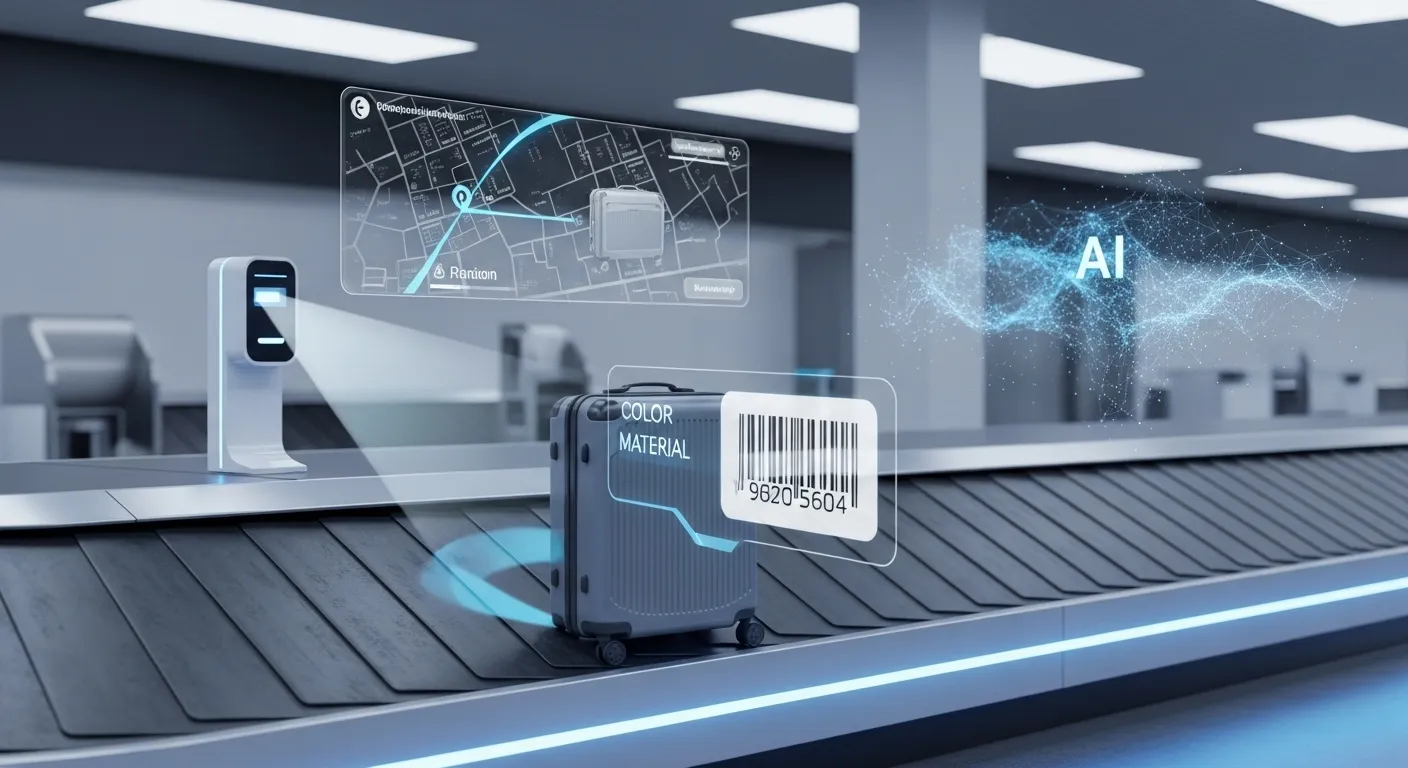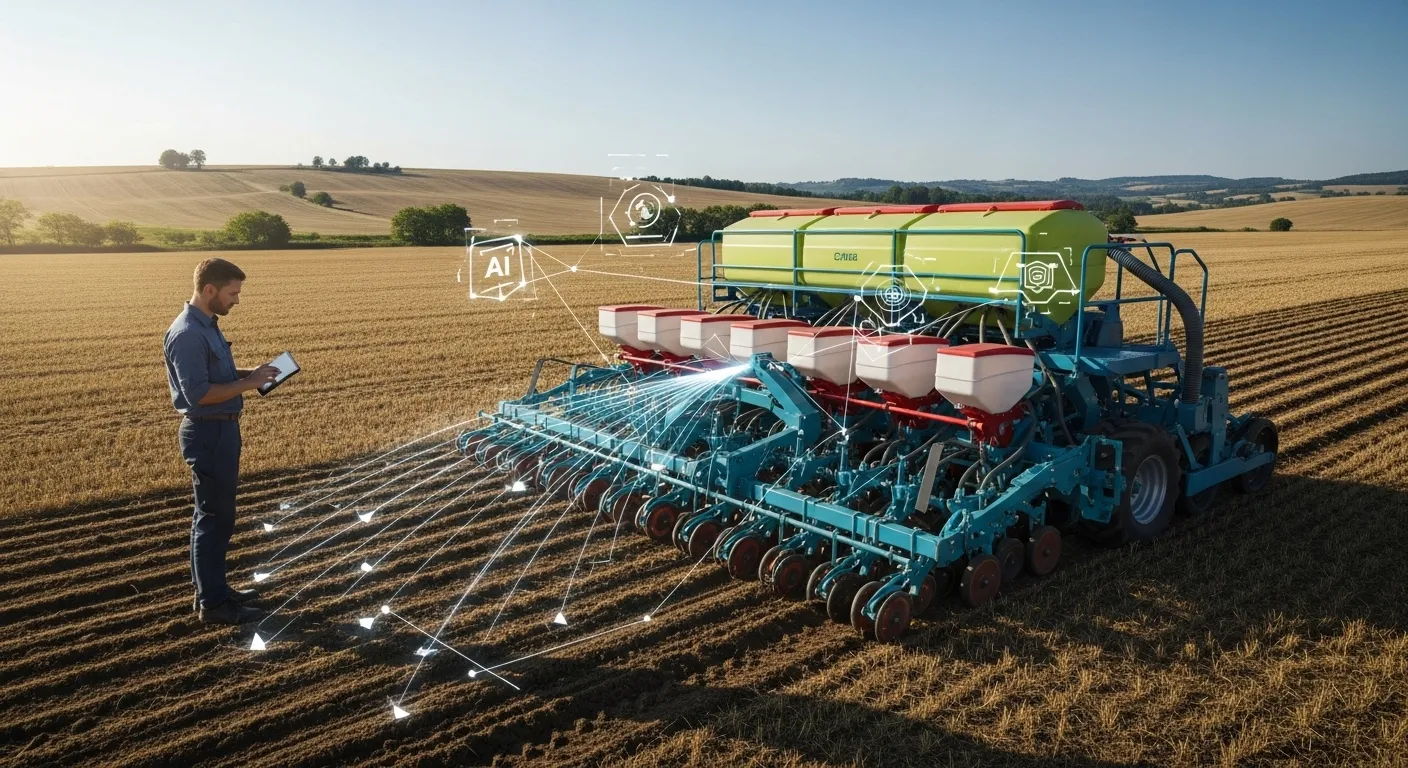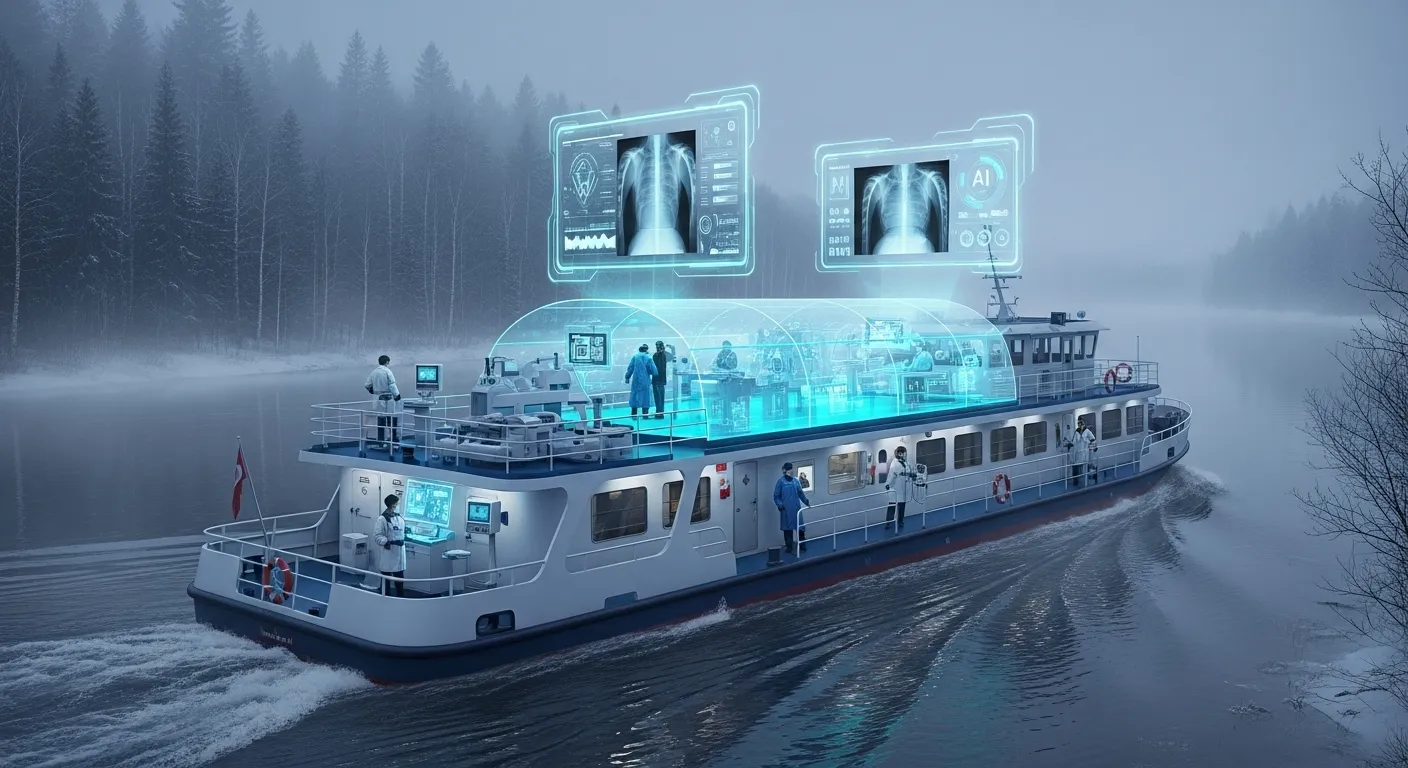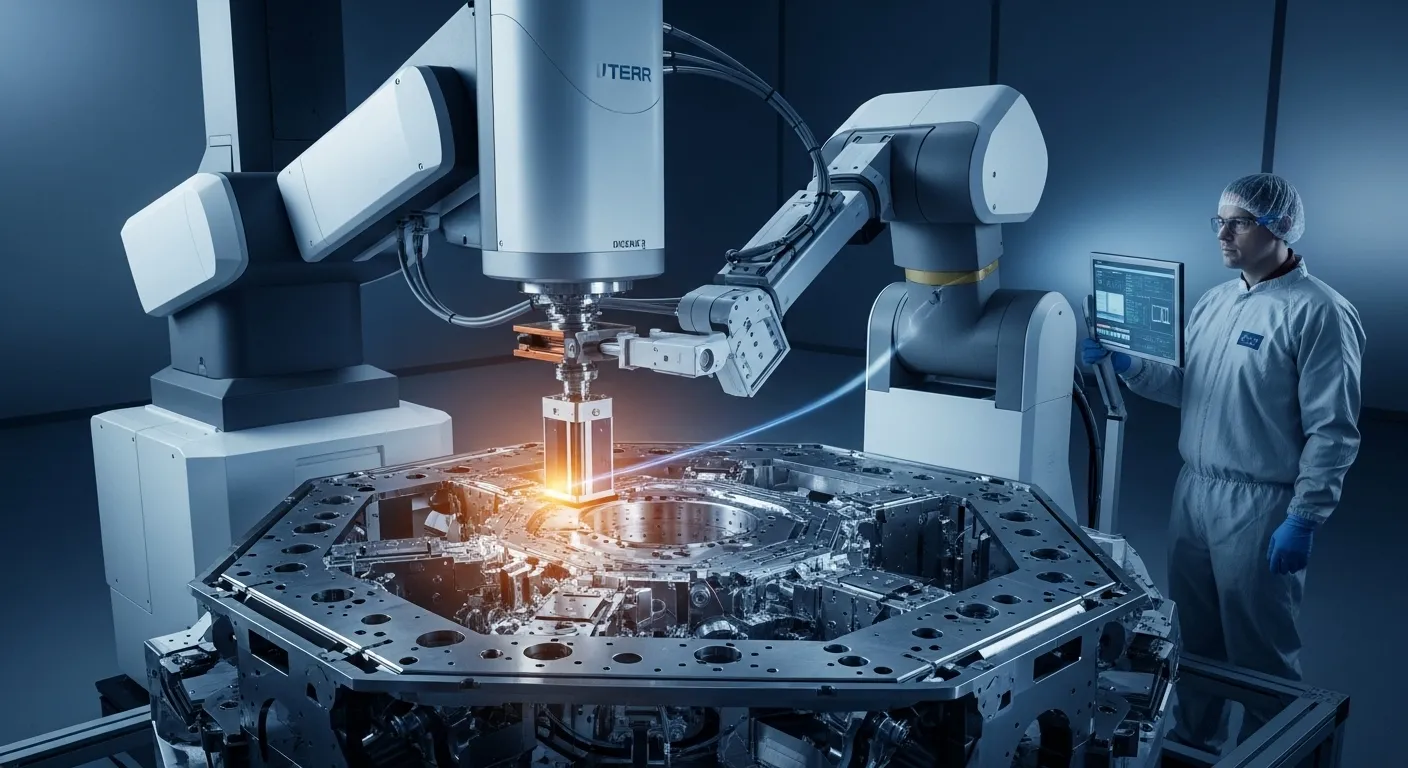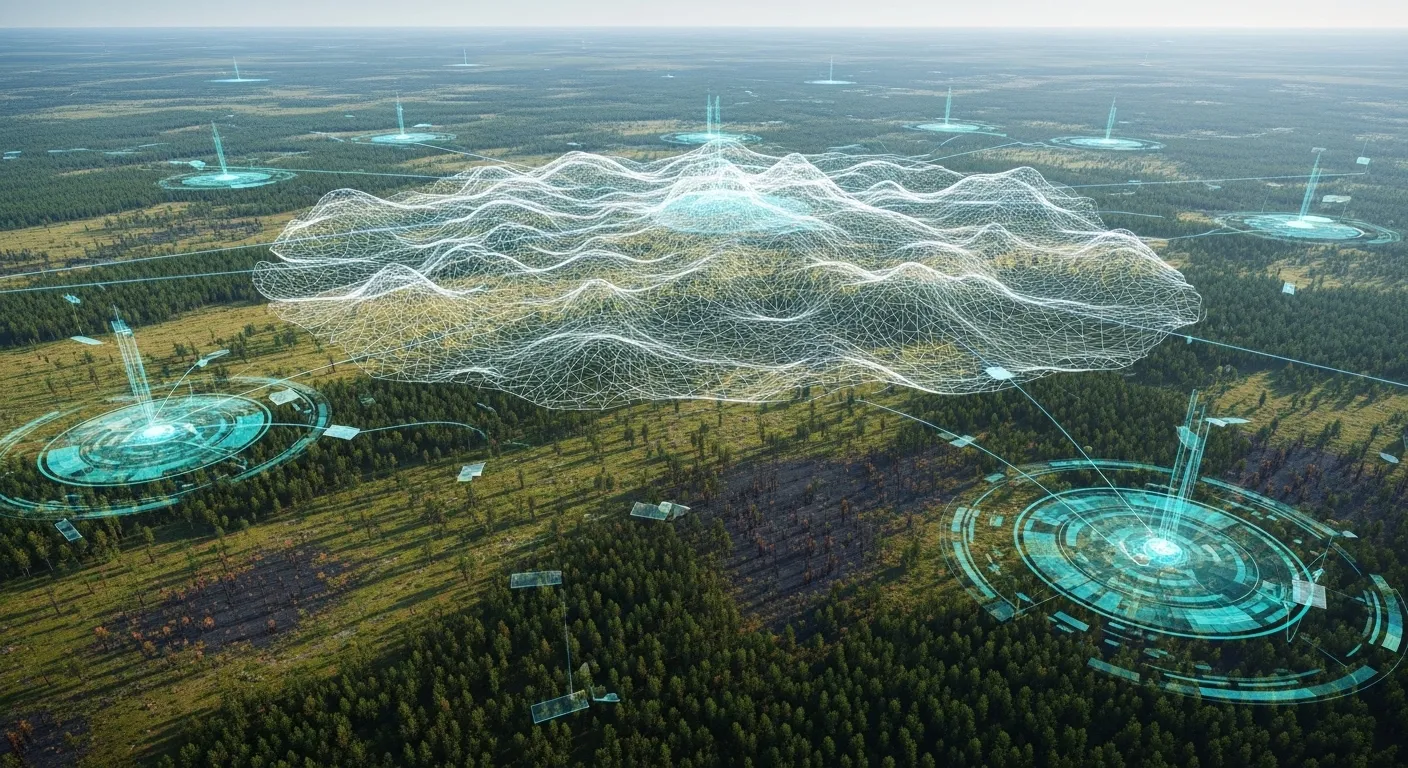From Raw Resources to IT Engineering

Russia’s mining sector is undergoing a digital transformation, driven by homegrown software that enhances geological exploration and seismic data analysis.
IT for Drill Teams
Russian developers have introduced a new software platform that significantly improves the accuracy of identifying oil and gas traps. The key innovation lies in advanced processing and interpretation of seismic data. Developers trained the algorithms to isolate useful signals from background noise and build a clearer underground structural picture—akin to sharpening a blurry image. Optimized computation speeds now reduce data processing from weeks or months to just days. The module integrates seismic, acoustic, and synchronous inversion procedures and performs lithological classification using machine learning. It automatically identifies all necessary parameters, eliminating the need for manual configuration. No similar comprehensive solution exists on the Russian or international markets today.

Fewer Dry Wells, Better Predictions
Developed by Novosibirsk State University, this software is a landmark case for mission-critical domestic IT. During field testing at an Orenburg site, it tripled the predictive accuracy of reservoir classification. This breakthrough comes at a time when the industry faces risky, blind exploration in the Arctic. Improved forecasts mean fewer dry wells, cost savings, reduced environmental risks, and faster development of reserves. In turn, infrastructure and energy projects accelerate. Over time, this optimization may reduce the cost of final fuel products. The program is a serious challenger to seismic analytics giants like WesternGeco (Schlumberger) and CGG. Russian algorithms are now competitive in the global geophysics IT arena.
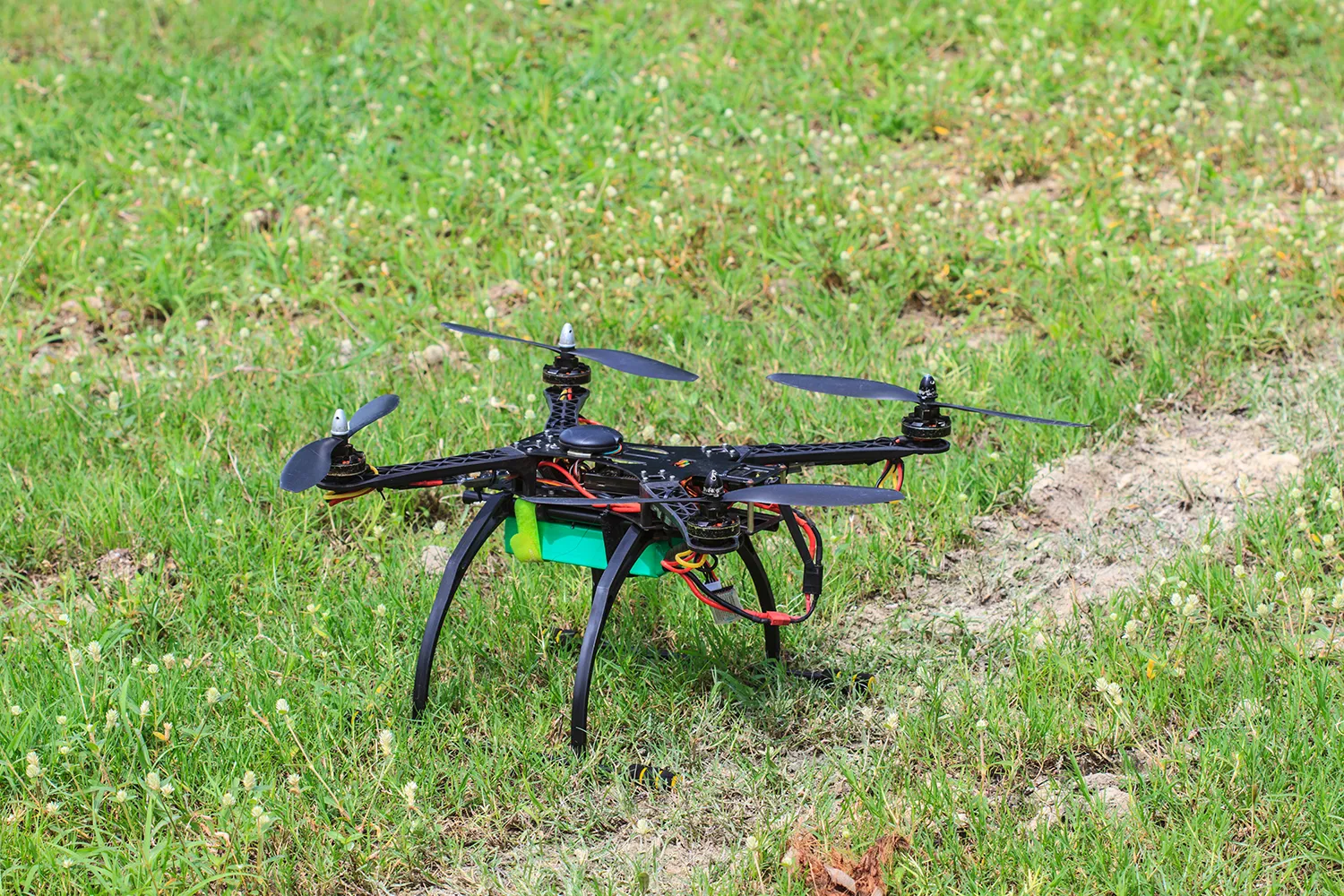
The Russian Context: Integration and Momentum
The solution’s local potential is massive. Integration with Rosneft, Gazprom, and other state-run corporations is key to rapid scaling. In-house pilot testing accelerates evolution. Notable examples include Yandex.Terra’s LIFE project with Lukoil and the KRAB bottom-seismic station initiative for marine exploration. These represent tangible steps toward automating field operations.
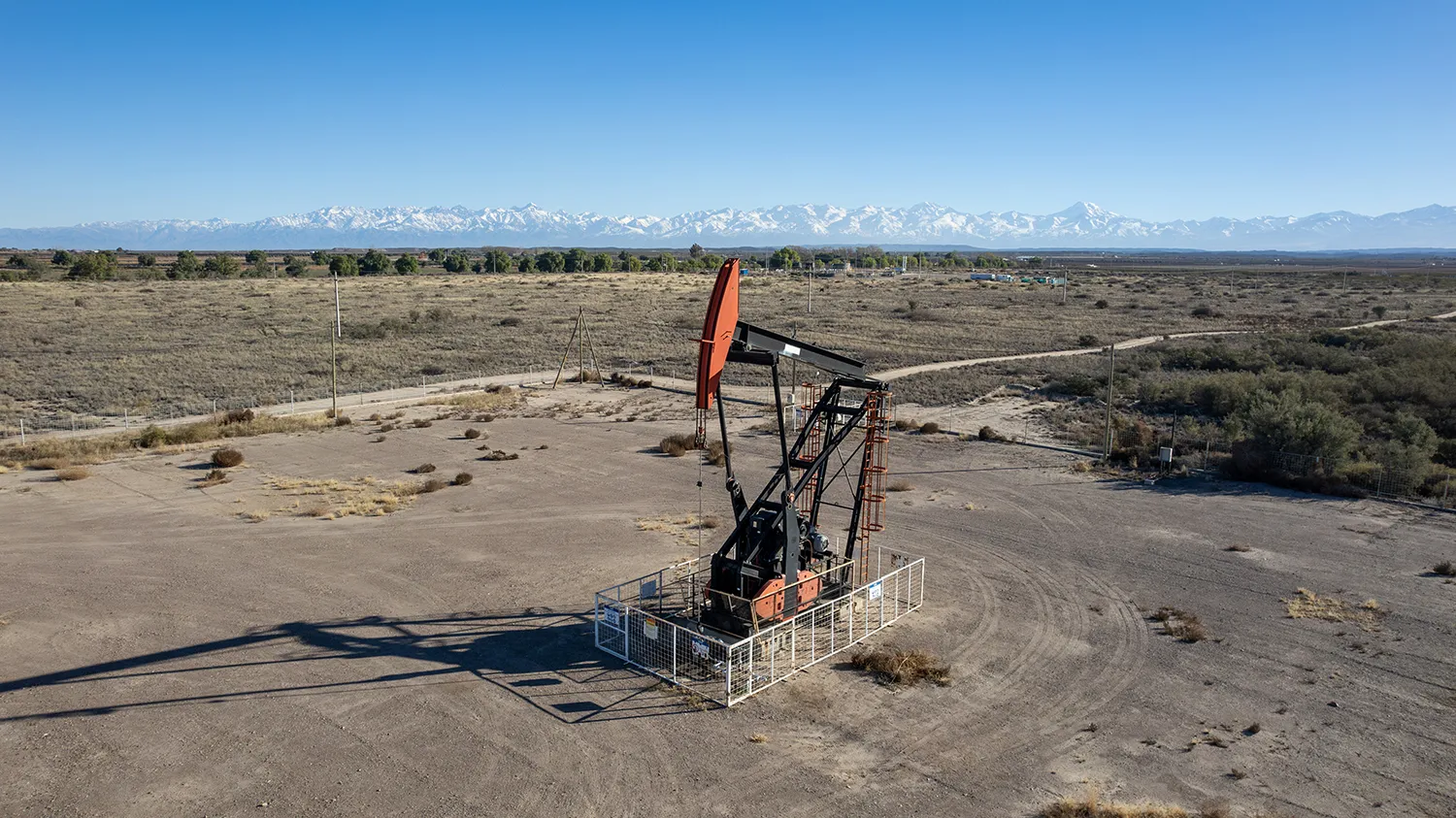
Global Demand, Strategic Challenges
Though opportunities abound in Central Asia, Latin America, and Africa, international success hinges on smooth integration with global workflows and support for open data formats. Language localization, user training, and contextual adaptation are critical—this is not a plug-and-play product. Still, growing transparency and proven efficacy are building trust in Russian solutions.






